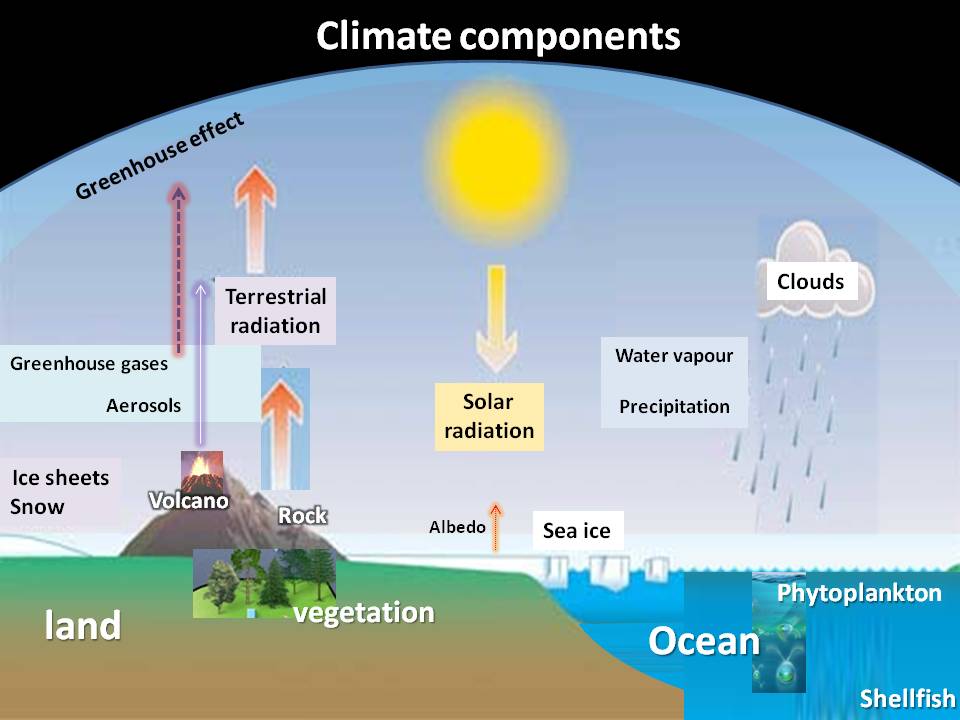

The atmosphere becomes thinner with increasing altitude, with no definite boundary between the atmosphere and outer space.

The atmosphere has a mass of about 5.15 ×10 18 kg, three quarters of which is within about 11 km (6.8 mi 36,000 ft) of the surface. Recently, human activity has also contributed to atmospheric changes, such as global warming, ozone depletion and acid deposition. The atmosphere changed significantly over time, affected by many factors such as volcanism, life, and weathering. Įarth's early atmosphere consisted of gases in the solar nebula, primarily hydrogen. Within the atmosphere, air suitable for use in photosynthesis by terrestrial plants and breathing of terrestrial animals is found only in Earth's troposphere. Air composition, temperature, and atmospheric pressure vary with altitude. Īir also contains a variable amount of water vapor, on average around 1% at sea level, and 0.4% over the entire atmosphere. The atmosphere of Earth protects life on Earth by creating pressure allowing for liquid water to exist on the Earth's surface, absorbing ultraviolet solar radiation, warming the surface through heat retention ( greenhouse effect), and reducing temperature extremes between day and night (the diurnal temperature variation).īy mole fraction (i.e., by number of molecules), dry air contains 78.08% nitrogen, 20.95% oxygen, 0.93% argon, 0.04% carbon dioxide, and small amounts of other gases. The atmosphere of Earth or air is the layer of gases retained by Earth's gravity that surrounds the planet and forms its planetary atmosphere. Blue light is scattered more than other wavelengths by the gases in the atmosphere, surrounding Earth in a visibly blue layer when seen from space on board the ISS at an altitude of 335 km (208 mi).


 0 kommentar(er)
0 kommentar(er)
